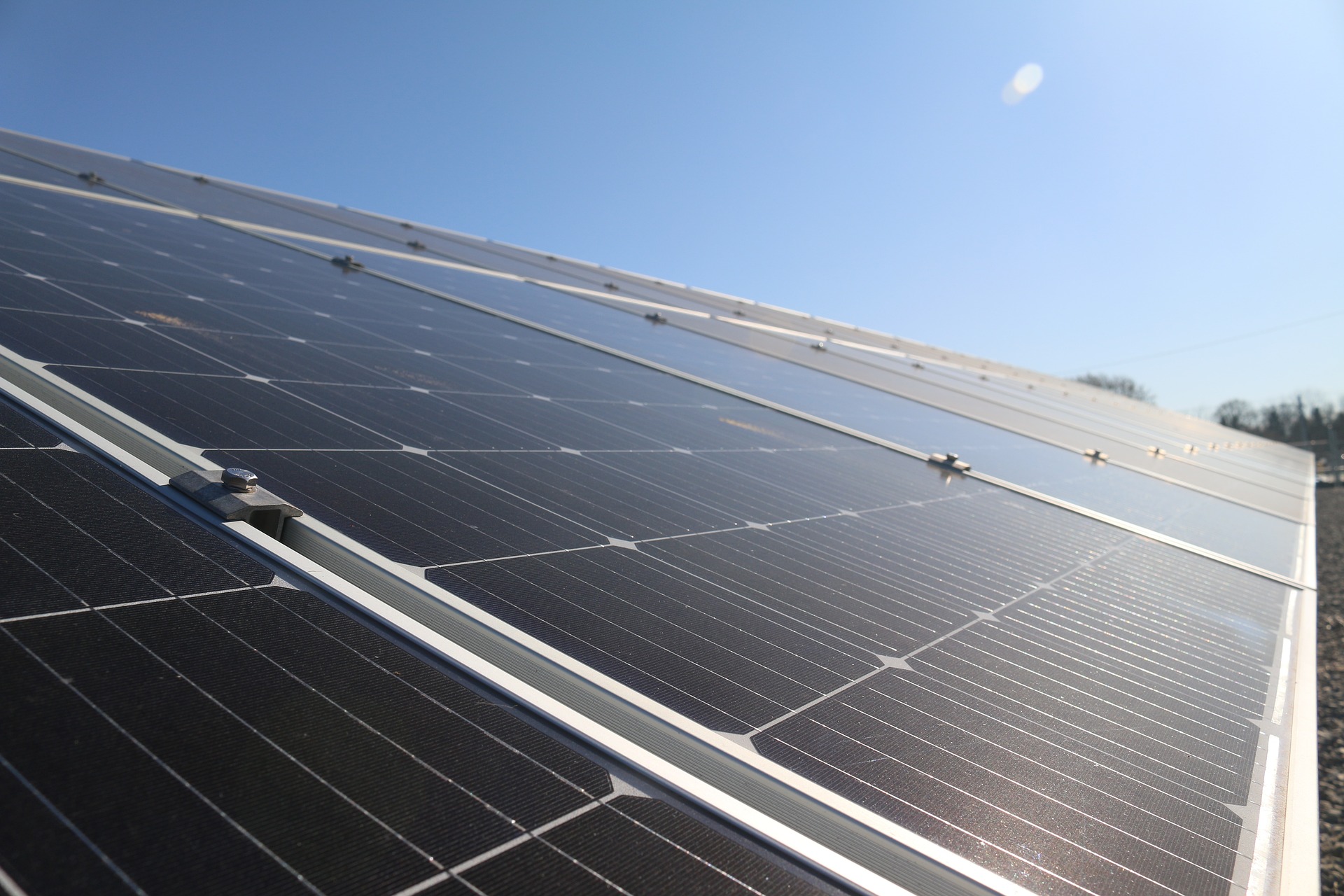2025 Philippines primer on solar street lights and portable solar generators: features, costs and installation tips
Frequent power outages are accelerating the move to solar across the Philippines. This primer covers 2025 features, costs and installation considerations for all‑in‑one solar street lights and portable solar generators, and walks through how to size systems, compare battery chemistries, and plan procurement and installation.
What are all‑in‑one solar street lights and why they matter
All‑in‑one solar street lights house the solar PV array, LED light source, battery and control electronics in a single weatherproof enclosure that mounts on a pole. In 2025 these integrated units are commonly deployed for public lighting, private estates and rural electrification because they avoid trenching, long cable runs and separate battery rooms common to conventional grid‑tied or distributed battery systems.
Typical integrated features you will find: - Integrated LED module and optics (lumens and beam patterns listed in datasheets) - On‑board photovoltaic panels sized to recharge the internal battery - LiFePO4 battery packs for safety and long cycle life - Smart lighting controls (schedules, photocontrol, PIR motion sensing/dimming) - Built‑in charge controllers and drivers with surge protection - Ruggedized enclosures rated for outdoor exposure and specified wind/salt performance
For reference, example product designs pair high‑efficiency Bridgelux LEDs, MPPT charge control and LiFePO4 cells to deliver multi‑night autonomy and motion‑sensing dimming that conserves energy.
Core technical features to compare when selecting units
When choosing all‑in‑one lights or a portable power station, prioritize specifications that affect real‑world performance: - Rated lumen output and correlated lux at ground level (confirm beam angle and mounting height) - Solar panel wattage and expected daily energy harvest (Wp and MPPT behavior) - Battery chemistry (LiFePO4 is preferred), nominal Wh capacity, and recommended Depth‑of‑Discharge (DoD) - Autonomy: number of nights the fixture can run without sun at typical load - Control features: photocell scheduling, PIR motion sensing, remote telemetry/IoT options - Environmental ratings: IP protection, corrosion resistance, and wind/surge ratings - Mechanical fit: pole mount details, weight, tilt/azimuth adjustment and anti‑theft features - Manufacturer datasheet, certifications and available local spare‑parts
Installation advantages and on‑site implications
All‑in‑one fixtures streamline projects by cutting cabling, junction boxes and central battery packs. That often reduces trenching and labor compared with distributed systems, but proper site work remains essential: - Site survey: confirm sun exposure, shading, pole locations and ground conditions - Structural checks: ensure poles and foundations meet the fixture weight and wind load ratings - Electrical commissioning: verify MPPT operation, battery state, and lighting schedules - Safety and protection: wind anchoring, lightning/surge arrestors and earthing as needed - Regulatory compliance: local permits, municipal approvals and standards testing
Even though the hardware is simpler, it’s advisable to hire qualified installers and request a formal site survey plus commissioning report to avoid undersized systems and warranty disputes.
Portable solar generator categories and typical use cases
The Philippine market in 2025 covers several practical categories of portable power stations: - Heavy home‑backup/modular systems: large capacity, expandable battery packs, and high PV input for sustained household backup. Best for families seeking an alternative to diesel generators for extended outages. - Versatile all‑rounders: mid‑to‑large capacity units with strong inverter ratings and UPS capability for small homes, work‑from‑home, or small businesses. - Truly portable units: lightweight, lower Wh capacity for camping, field work or short household support.
Models range from modular home solutions to compact, highly portable units—each optimized for different recharge speeds, portability and expandability.
How to size a portable generator or a street light
A simple, repeatable sizing process: - Inventory loads: list each device, its running watts and starting (surge) watts where applicable. - Convert to energy: estimate daily energy need in Wh = watts × hours use per day. - Add system losses: assume inverter and conversion losses (typically 10–20%) and inefficiencies. - Select battery size: choose a battery Wh that covers required Wh at recommended DoD (e.g., a LiFePO4 unit with 80–90% usable capacity). - Choose inverter rating: pick continuous inverter power above typical simultaneous load and account for surge needs of motors or compressors. - Solar charging: match PV input (W) and daily insolation to expected recharge needs—fast recharge requires higher PV input and MPPT capacity.
A practical benchmark: a small residential PV array (around 2 kW) can often produce roughly 8–10 kWh/day under good conditions; use this to help size storage for common household needs.
Battery chemistry, runtime and lifecycle tradeoffs
Battery chemistry drives safety, lifetime and usable capacity differences: - LiFePO4 (LFP): the preferred option for street lights and high‑use portable stations due to thermal stability, long cycle life, and higher recommended DoD. It usually offers better total cost of ownership when cycled frequently. - NMC/NCA: provide higher energy density but shorter cycle life and somewhat greater thermal risks; they may be suitable where weight is the primary constraint, but expect lower cycle warranties.
Always review manufacturer cycle ratings (e.g., cycles to 80% capacity), recommended DoD and warranty terms during comparison.
Charging speed, PV input and practical recharge planning
To ensure sufficient daylight recharge, consider: - Maximum PV input: match the generator’s listed PV input rating and ensure your panels and charge controllers don’t exceed it. - MPPT capability: quality MPPT controllers maximize harvest under variable sun. - Composite charging: many systems accept AC + solar simultaneously for faster recovery after outages. - Plan for expected daylight hours and worst‑case cloudy days; overspec PV input if faster recharge is required.
For heavy home backup, systems that accept high PV wattage (multi‑kW) will recover quicker; for portable units, foldable panels between ~160–400W are common.
Cost factors and procurement approach (what affects price)
Prices vary widely depending on component quality, installation complexity and after‑sales support. Common cost drivers include: - Unit category and Wh/inverter capability (portable vs modular home backup) - Solar panel choices and required array size - Mounting, poles and civil works for street lighting projects - Local labor, permits and logistics - Warranty, local service network and spare‑parts availability
Industry price anchors observed in 2025 indicate residential full installs typically vary by cost per kW and individual panel pricing differs by wattage and quality. Portable panel and power station prices scale with capacity and output. Buyers should request detailed, comparable quotes that include equipment, mounting, installation, permits and warranty coverage.
Buying checklist and after‑sales considerations
Before you buy, request and compare: - Full datasheet (lumens, CCT, battery type, PV wattage, autonomy, charging specs) - Wind and mechanical ratings and pole/mount details for street lights - Inverter/UPS transfer time for sensitive electronics - Warranty scope and cycle life guarantees - Local service and spare‑parts network - Installer qualifications, sample commissioning reports and references - Permits assistance and lead times
Collect at least three formal quotes that specify total installed cost per pole or per kWh of stored energy so you can evaluate total cost of ownership, not just the unit price.
Practical next steps for Philippine buyers in 2025
- Conduct a professional site survey to assess sun exposure, shading and structural capacity.
- Prioritize loads and set runtime targets (critical loads vs convenience loads).
- Request multiple detailed quotes with full installation scopes, warranties and lead times.
- Specify LiFePO4 batteries and required inverter continuous and surge specs in procurement documents.
- Verify local after‑sales support and parts availability before awarding contracts.
Following these steps will help you compare systems on performance, reliability and lifecycle cost.
Sources
- EcoFlow — Solar Panel Price in the Philippines (2025): https://www.ecoflow.com/ph/blog/solar-panel-price-in-philippines
- SolarInstallPH — Portable Power Station roundup and guidance (2025): https://solarinstallph.com/pages/portable-power-station/
Disclaimer: Prices, financing options, and product availability mentioned or summarized in this article may vary by region, dealer, and current promotions. Consumers should verify current prices, lead times, and warranty terms with local dealers and authorized distributors before purchasing.





